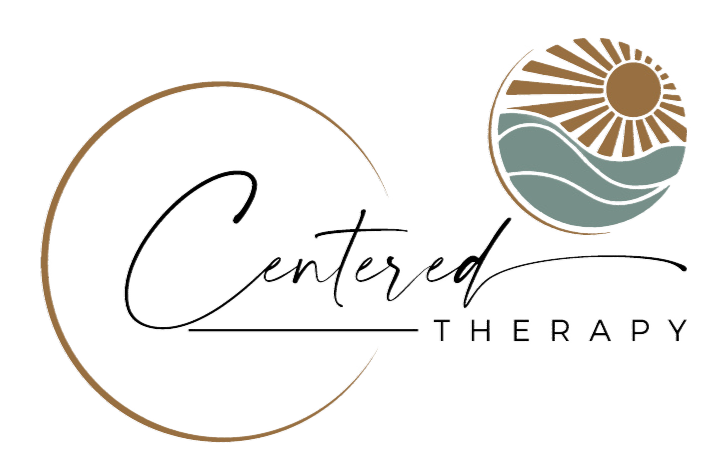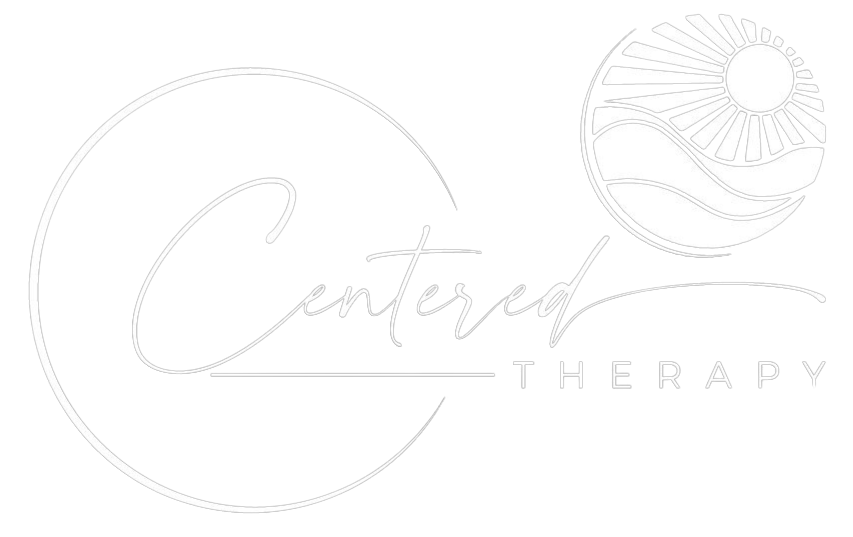What Are Sleep Disorders?
Sleep disorders are conditions that impair a person’s quality and timing of sleep. As a result of poor sleep, people with these disorders experience distress and impaired functioning when they are awake. Sleep is essential for overall well-being, serving as a vital component in maintaining cognitive function, emotional stability, and overall mental health. When sleep is disrupted or inadequate due to a sleep disorder, it can have profound effects on an individual’s mental and emotional state. While everyone can have a restless night sometimes, sleep disorders signify a pattern of sleep issues that require intervention.
Insufficient or poor-quality sleep can contribute to the development and exacerbation of mental health disorders. Chronic sleep deprivation has been linked to an increased risk of conditions such as Anxiety, Depression, and Mood Disorders. The interplay between sleep and mental health is bidirectional. Mental health issues can contribute to sleep disturbances, i.e. someone with an Anxiety disorder may have trouble falling asleep, at the same time, sleep problems can also worsen existing mental health conditions.
Sleep disorders may not be classified as mental health disorders per se, but they are closely intertwined. Disruptions in sleep patterns can lead to cognitive impairments, difficulty concentrating, irritability, and emotional instability. Moreover, the chronic nature of some sleep disorders can contribute to a vicious cycle, further compromising mental well-being.
Recognizing the importance of addressing sleep in the context of mental health is crucial for comprehensive healthcare. Treating sleep disorders can be a vital aspect of managing and improving mental health outcomes, emphasizing the need for a holistic approach to well-being that encompasses both sleep and mental health considerations.
Sleep disorders are exceedingly common. Some experts estimate that as many as 70 million adults in the United States live with a sleep disorder. The most common sleeping disorder is insomnia.
Types of Sleep Disorders
The International Classification of Sleep Disorders (ICSD) categorized sleep disorders based on the symptoms, how it affects a person (pathophysiology) and the body system it affects. The brand-new revision to the third edition, ICSD-3R includes the following categories:
- Insomnia: Experiencing challenges in both falling and remaining asleep.
- Sleep-related breathing disorders: Observable alterations in breathing patterns occur during sleep.
- Central disorders of hypersomnolence: Difficulty in maintaining alertness during daytime hours.
- Circadian rhythm sleep-wake disorders: Internal clock disruptions make it challenging to adhere to regular sleep and wake schedules.
- Parasomnias: Sleep-related activities, such as walking, talking, or eating, manifest through physical actions or verbal expressions.
- Sleep-related movement disorders: The presence of physical movements or an urge to move complicates the process of falling asleep and/or staying asleep.
The most common types of sleeping disorders that can be treated by mental health care professionals are:
- Insomnia
- Hypersomnia
- Restless Leg Syndrome
- Narcolepsy
- Sleep Terror
Insomnia Symptoms and Causes

Insomnia manifests through various symptoms, delineating occasional and chronic patterns. Individuals with occasional insomnia may experience transient difficulty initiating sleep, sporadic nocturnal awakenings, or brief episodes of early morning awakenings. In contrast, chronic insomnia symptoms are characterized by persistent and enduring challenges, occurring for at least three nights a week over three months. Chronic sufferers often grapple with prolonged difficulty staying asleep, leading to a consistent reduction in sleep quantity and quality. Both occasional and chronic insomnia share common manifestations, including heightened irritability, daytime fatigue, impaired concentration, and memory lapses. However, the distinction lies in the regularity and duration of these symptoms, highlighting the disruptive and enduring nature of chronic insomnia on sleep patterns and overall daily functioning. Recognizing these differences is pivotal for tailoring effective interventions to address the specific challenges posed by each category of insomnia.
Hypersomnia Symptoms and Causes
Hypersomnia, a sleep disorder characterized by excessive daytime sleepiness, is marked by a range of symptoms affecting an individual’s wakefulness. People with hypersomnia often struggle to stay awake during the day, regardless of sufficient nighttime sleep.
Hypersomnia may result from various causes. Primary hypersomnia, like narcolepsy, often has a genetic component. Secondary hypersomnia may stem from conditions such as sleep apnea, where interrupted sleep patterns lead to daytime fatigue. Hormonal imbalances, neurological disorders, or head injuries can contribute. Certain medications, substance abuse, or psychiatric conditions like depression may also induce hypersomnia. Key symptoms include prolonged and unrefreshing naps, difficulty concentrating, and a pervasive sense of drowsiness. Unlike occasional tiredness, hypersomnia involves an ongoing pattern of excessive sleepiness, leading to disruptions in daily activities and responsibilities. Individuals may find it challenging to maintain alertness, impacting cognitive function and overall productivity. Additionally, hypersomnia may lead to extended sleep durations at night, yet individuals wake up feeling persistently fatigued.
Restless Leg Syndrome Symptoms and Causes
Restless Legs Syndrome (RLS) is a neurological disorder characterized by an irresistible urge to move the legs, often accompanied by uncomfortable sensations.
It is a neurological disorder with elusive origins, likely influenced by genetic, environmental, and physiological factors. A strong genetic link exists, with specific gene variants associated with RLS. Dysregulation of dopamine, vital for muscle movement, plays a role, and iron deficiency may disrupt dopamine function. Pregnancy-related hormonal changes and conditions like peripheral neuropathy or kidney disease can contribute. Medications, age, and gender also impact RLS. Diagnosis relies on symptom presentation, and management involves lifestyle adjustments, medications affecting dopamine, iron supplementation, and addressing underlying conditions. Ongoing research explores novel treatments, emphasizing the intricate relationship between genetics and environmental triggers in RLS development.
Individuals with RLS typically experience these sensations during periods of inactivity, such as when sitting or lying down, and the symptoms are more pronounced in the evening or at night. The sensations are often described as tingling, crawling, or itching, compelling the person to move their legs for relief. This disruptive condition can lead to difficulty falling asleep and staying asleep, resulting in daytime fatigue and impaired quality of life. Managing RLS involves lifestyle adjustments, addressing underlying medical issues, and sleep disorder treatment with therapy and medications.
Narcolepsy Causes and Symptoms
Narcolepsy is a chronic neurological disorder characterized by excessive daytime sleepiness and a tendency to fall asleep suddenly and unexpectedly.
The exact cause of narcolepsy is not fully understood, but it is believed to involve a combination of genetic and environmental factors. Narcolepsy is associated with a deficiency in hypocretin, a neurotransmitter that regulates wakefulness and REM sleep. This deficiency is often linked to an autoimmune response, where the body’s immune system mistakenly attacks the cells producing hypocretin. Viral infections, hormonal changes, and certain genetic factors may contribute to the development of narcolepsy.
Individuals with narcolepsy often experience sudden and overwhelming bouts of sleep during the day, regardless of the quality and duration of nighttime sleep. Cataplexy, a sudden loss of muscle tone triggered by emotions like laughter or surprise, is a distinctive symptom of narcolepsy. Sleep paralysis, where a person temporarily cannot move or speak while falling asleep or waking up, and vivid hallucinations may also occur. Fragmented nighttime sleep, frequent awakenings, and difficulty maintaining a consistent sleep schedule contribute to the overall disruption in sleep patterns. Narcolepsy significantly impacts daily functioning, leading to challenges in maintaining alertness and engaging in routine activities. Proper diagnosis and treatment, often involving medications, therapy and lifestyle adjustments, are crucial for improving the quality of life for individuals with narcolepsy.
Sleep Terror (Night Terror) Symptoms and Causes
Sleep terror, also known as night terror, is a sleep disorder characterized by sudden episodes of intense fear, screaming, and flailing while still in a state of partial arousal from deep sleep. Unlike nightmares, which usually occur during the REM (rapid eye movement) stage of sleep and are often recalled, sleep terrors typically occur during non-REM sleep and are usually not remembered by the individual.
Sleep terrors are more common in children, and the episodes can be quite alarming for both the person experiencing them and any witnesses. The episodes generally last for a few minutes and may involve behaviors such as sitting up in bed, thrashing, or running around the room. The person may appear confused and disoriented during the episode.
Sleep terrors are considered a sleep disorder rather than a mental disorder. They are thought to result from an over-arousal of the central nervous system during sleep. While sleep terrors can be distressing, they are generally not associated with underlying psychological problems. However, in some cases, they may be linked to factors such as stress, sleep deprivation, or other sleep disorders.
Most children outgrow sleep terrors, and treatment is typically not necessary. In adults, if sleep terrors are causing significant distress or disruption, a healthcare or a mental health care professional may explore strategies to improve sleep hygiene or, in some cases, consider sleep disorder treatments including medication.

